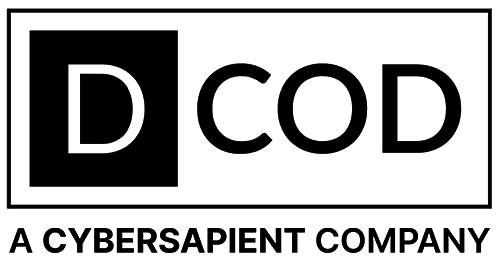Gamification of workplace

What is gamification?
Simply said, gamification is the process of incorporating game features into non-game environments. For instance, giving game coins as rewards, having rules to follow (as in a game), having quick tests, having several levels, etc.
Gamification is a tactic or practice that businesses utilize to create more dynamic and interesting work environments and boost productivity. Although this was implemented in some organizations previously, it only lately began to acquire favor. Gamification will be the next big thing in employee training as well, with the world opening up to new developments and technology and businesses eager to go above and beyond to maximize productivity to compete in the market.
If applied properly, gamification in employee training will be a huge success for the company. This is a fantastic technique to support their learning and successful application of their abilities. There are concerns about this method in the area of employee training, and this article will address the two main concerns: why gamification should be taken into account in employee training, and where it can be used.
Why should you think about using gaming in staff training?
Encourages Physical Activity
If it isn’t already a thing of the past, doing duties while sitting at a desk when bored and idle should be. If it is even conceivable to be productive while experiencing different forms of boredom, it is very difficult.
This is only one of the benefits of gamifying staff training. It promotes physical activity and is an effective way to prevent boredom at work. Gamification has the power to transform the perception of the workplace from a place where people toil away in utter boredom and stress to an engaging, enjoyable setting where you can work, play, and learn all at once.
Rewards
Paychecks are convenient, but do you know what’s even more convenient? Receiving benefits for finishing minor chores. Rewards can also include badges, coins, and other game-related items instead of just cash (which can be used later or immediately in the workplace, if the financial or other factors allow).
Create large and little tasks with corresponding rewards. You can add new levels that players can access after accomplishing particular activities or collecting a certain number of rewards.
Interaction
Even if you only have a passing familiarity with teamwork in the gaming world, you may have been aware that it calls for excellent camaraderie, cooperation, and communication amongst colleagues. In addition to these, it promotes competition and emphasizes that failure is a necessary component of success and that failures should be accepted in the correct spirit.
The use of games in training will help employees develop the teamwork, communication, and competitiveness needed to succeed in the workplace.
Where should gamification be used?
Sales education
Another time-consuming chore is keeping track of the sales and marketing efforts made by various personnel. The sales training is also less effective with conventional training methods than it can be with gamification.
Employees that meet the goal can receive points and awards. If they develop sound ideas and they perform well in the marketplace, they may also receive bonus points. Consider new concepts that are innovative for your organization and the type of sales you are using.
Orientation
As one of the first phases of onboarding, orientation is a crucial component of employee training. It is crucial that the orientation be flawless in every way because it helps the employees learn about the workplace, policies, guidelines, and the business itself. The newly hired workers’ attention can occasionally wander during orientation since it can become monotonous.
Gamify the process rather than using classic orienting techniques. Through quick training exercises and games, you can provide a more interesting introduction to the business. If you’ve ever used the Duolingo app, you may be familiar with how this operates. In brief rounds of the “game,” employees are provided material in bite-sized bits. They are then asked to complete a quiz to earn game awards or incentives.
Leadership education
Being a leader is challenging, which is one of the reasons why leadership development programmes should be more interesting, participatory, motivating, and enjoyable. When you don’t feel like you are making much of an effort to learn specifically, you tend to learn more and maintain your focus longer.
Leadership training that incorporates gaming benefits the development of abilities including problem-solving, negotiation, time management, and change management.
Following thorough research and taking into account the type of business, gamification of staff training can be employed successfully. Although it demands a lot of attention, it has been demonstrated to be incredibly effective in businesses like Deloitte (in their leadership academy), Scavify, Duolingo (a language learning app), etc.

